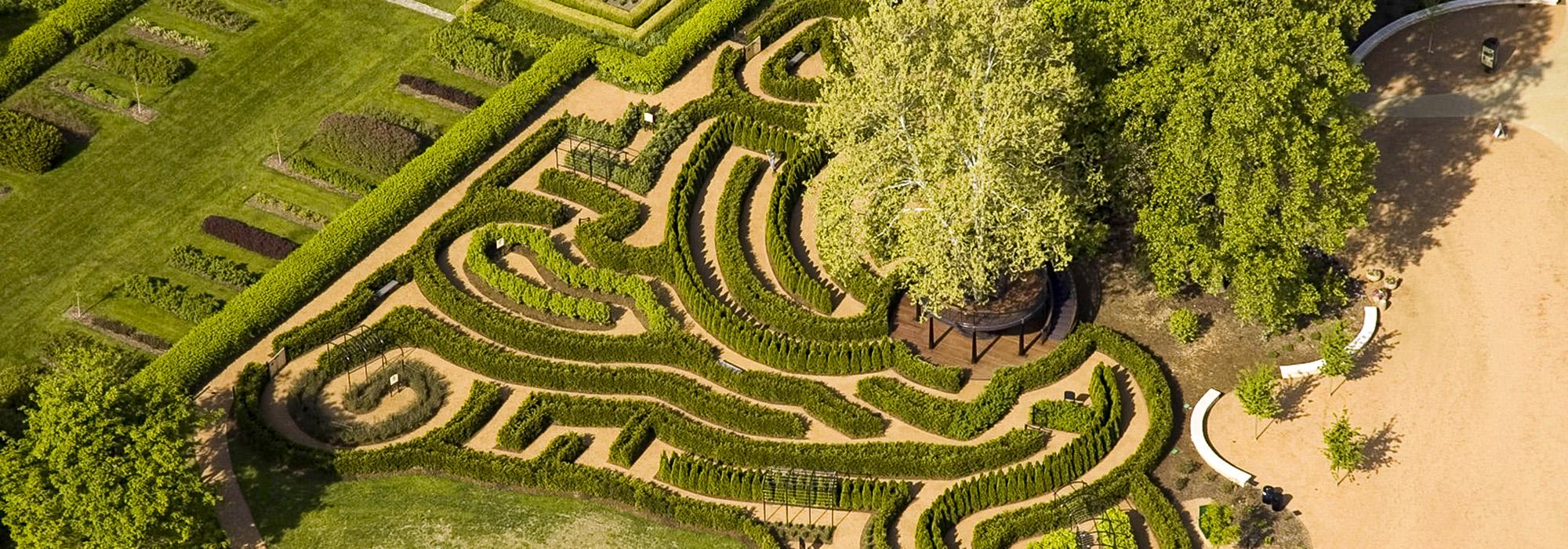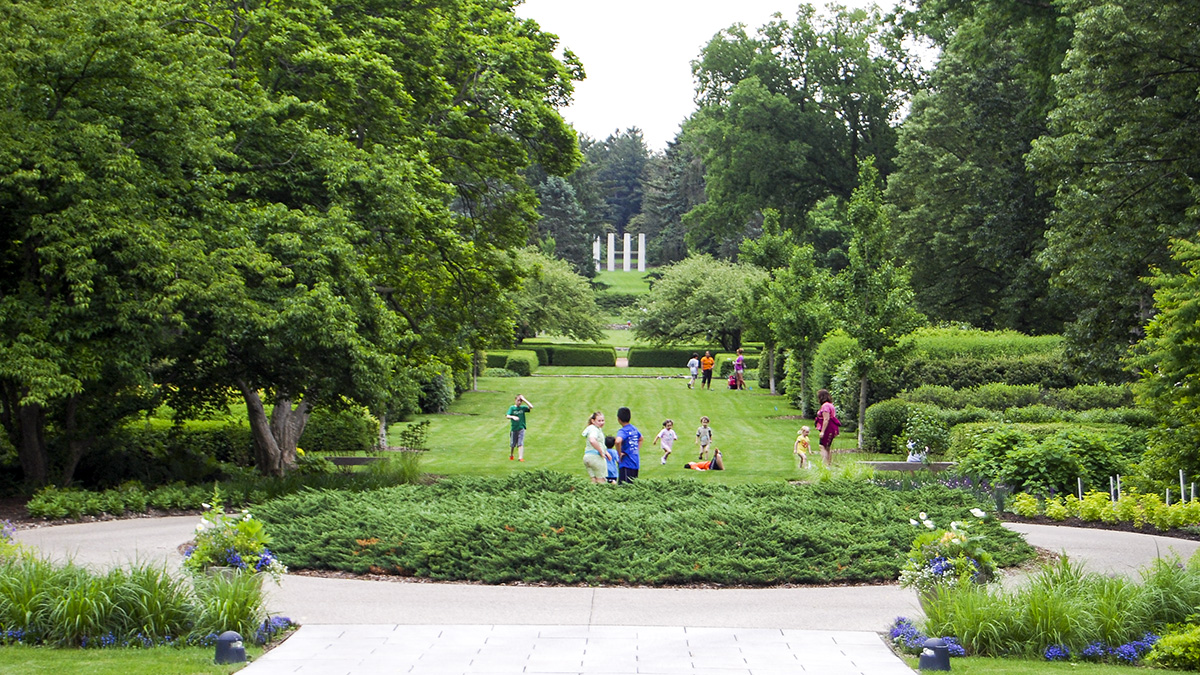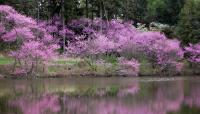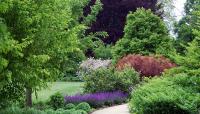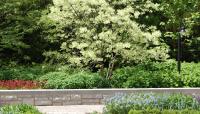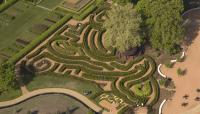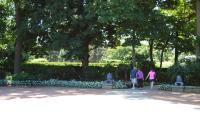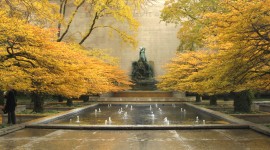Landscape Information
Created in 1922 by Joy Morton, founder of the Morton Salt Company, the arboretum’s inspiration can be traced back to Joy’s father J. Sterling Morton, founder of Arbor Day and Secretary of Agriculture under President Grover Cleveland.
Built on the former Morton estate, the arboretum occupies 1,700 acres and includes 500 acres of plant collections nestled within 900 acres of woodlands, prairie, meadows, lakes, and streams. Charles Sprague Sargent, director of Harvard's Arnold Arboretum, helped establish the arboretum, advising on its herbarium and library, donating collection materials, training personnel, and recommending O.C. Simonds to lay out the grounds. Simonds’ design served both as a public park and a site for botanical research, and emphasized naturalistic scenery contrasting smooth surfaces of water with open glades of lawn and meadows.
In addition to the Morton, Simonds designed the Nichols at the University of Michigan, Ann Arbor, and his own experimental arboretum at Pier Cove, Michigan.
Clarence Godshalk, who had worked at the arboretum since 1921, was named director in 1934. Trained as a landscape architect in the naturalistic style of Simonds and others, he further developed the arboretum. In the 1940s, under the direction of naturalist May Watts, the Morton established one of the earliest public education programs in horticulture.



